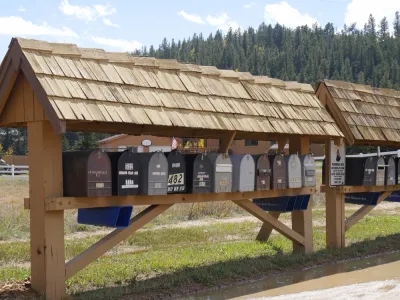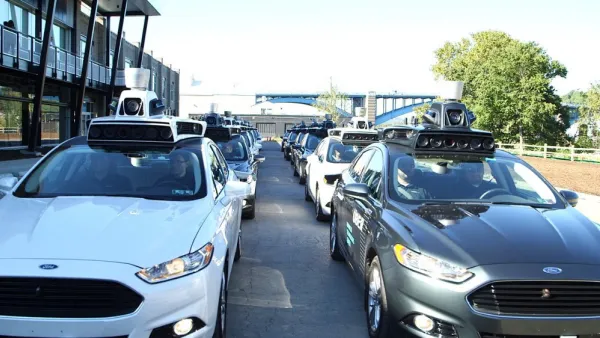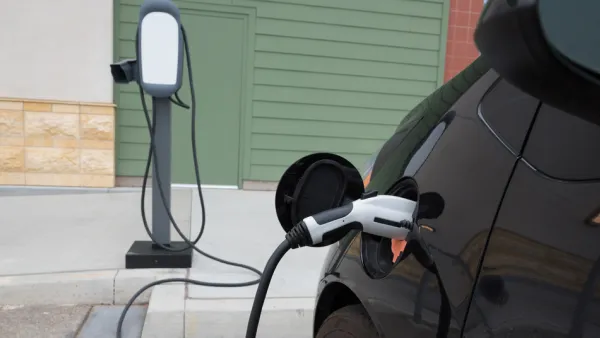A big new study by the Pew Research Center examines the ties that bind, and the differences that threaten to tear us apart.

New analysis by the Pew Research Center written by a collection of six writers examines the trends that both unite and divide populations across urban and rural boundaries.
While the narratives of division are evident every day on every form of media, stories of the similarity between diverse populations are rare. So let's start with the commonalities. Perhaps unsurprisingly, the first common trait in in urban and rural areas is about the perception of their communities:
…many urban and rural residents feel misunderstood and looked down on by Americans living in other types of communities. About two-thirds or more in urban and rural areas say people in other types of communities don’t understand the problems people face in their communities. And majorities of urban and rural residents say people who don’t live in their type of community have a negative view of those who do. In contrast, most suburbanites say people who don’t live in the suburbs have a positive view of those who do.
The surprises begin to emerge when looking for common views on social issues and politics.
Rural and suburban adults are somewhat more rooted in their local areas, but substantial shares in cities, suburbs and rural areas say they have lived in their communities for more than 10 years. And about six-in-ten in each type of community say they feel at least some sense of attachment to their communities, though relatively few say they are very attached.
Residents of rural and urban areas also share similar economic concerns, concerns about drug addiction, and reasons for staying in their communities.
The article announcing the survey shares many more of its key findings. Emily Badger also picked up the news of the study, writing a detailed explanation of the research for The New York Times.
FULL STORY: What Unites and Divides Urban, Suburban and Rural Communities

Analysis: Cybertruck Fatality Rate Far Exceeds That of Ford Pinto
The Tesla Cybertruck was recalled seven times last year.

National Parks Layoffs Will Cause Communities to Lose Billions
Thousands of essential park workers were laid off this week, just before the busy spring break season.

Retro-silient?: America’s First “Eco-burb,” The Woodlands Turns 50
A master-planned community north of Houston offers lessons on green infrastructure and resilient design, but falls short of its founder’s lofty affordability and walkability goals.

Test News Post 1
This is a summary

Analysis: Cybertruck Fatality Rate Far Exceeds That of Ford Pinto
The Tesla Cybertruck was recalled seven times last year.

Test News Headline 46
Test for the image on the front page.
Urban Design for Planners 1: Software Tools
This six-course series explores essential urban design concepts using open source software and equips planners with the tools they need to participate fully in the urban design process.
Planning for Universal Design
Learn the tools for implementing Universal Design in planning regulations.
EMC Planning Group, Inc.
Planetizen
Planetizen
Mpact (formerly Rail~Volution)
Great Falls Development Authority, Inc.
HUDs Office of Policy Development and Research
NYU Wagner Graduate School of Public Service




























